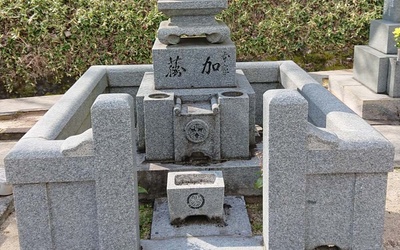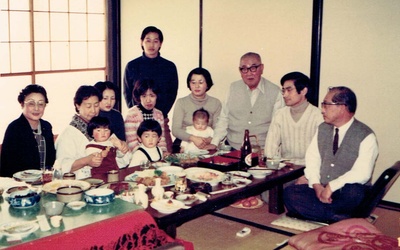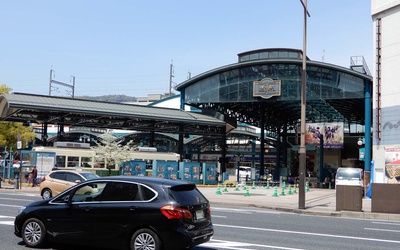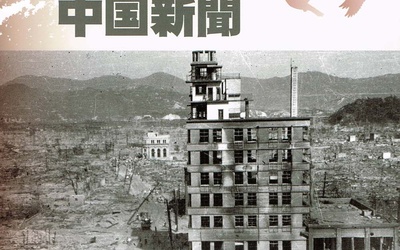The man who collected the records of the first generation: Following in the footsteps of Shinichi Kato

Around 1960, Kato Shinichi drove around the US, visiting the footsteps of the first generation of Japanese immigrants and compiling the results in "A Hundred Years of Japanese Americans in the US: A Record of Their Development." Born in Hiroshima, he moved to California and became a journalist in both Japan and the US around the time of the Pacific War. Although he escaped the atomic bombing, he lost his younger brother and sister, and in his later years he devoted himself to the peace movement. We follow the energetic path of his life, which spanned both Japan and the US.
Stories from this series
Part 11: Immigration to America and my father, Matsujiro
April 9, 2021 • Ryusuke Kawai
Did you leave Japan to make a name for yourself? According to his profile in "The Centennial History of Japanese Americans in the United States," his father, Matsujiro, left his newborn son, Shinichi, and his wife in Hiroshima in the year Shinichi was born (1900) and went to America. It is only a matter of speculation, but it is likely that he intended to go there to earn money. "The area where the Kato family lived used to be farmland, …
Part 10: Kato Family Grave
March 26, 2021 • Ryusuke Kawai
Harada Tomin confirms death Even after turning 80, Shinichi Kato was still devoted to peace activities such as disarmament issues. He died suddenly of a cerebral infarction at his home on the morning of February 9, 1982. His wife, Akiko, was born in the United States and preferred a modern lifestyle. The couple, who had lived in the United States for a long time, were open and harmonious, and even shared a bedroom. That morning, Yoshida's nephew, Akiko, called the …
Part 9: He certainly traveled around the US
March 12, 2021 • Ryusuke Kawai
I tried to sell my car in Florida. While searching for Kato Shinichi's relatives, I was lucky enough to come across his nephew, Junji Yoshida, in Tosaka Senashi, Higashi Ward, Hiroshima City in March 2020. Yoshida, who worked in construction, was the eldest son of Kato's younger sister, Harue, and it turned out they had a close relationship, calling Kato "uncle." Despite it being a chance visit, Yoshida was kind enough to have some time to talk to me. I …
Part 8: What about your relatives in Hiroshima?
Feb. 26, 2021 • Ryusuke Kawai
Visiting the former address Now that I have been able to summarize the life of Kato Shinichi from the profile article, which can be considered a self-introduction in "A Centennial History of Japanese Americans in the United States," and his obituary in the Chugoku Shimbun newspaper on February 10, 1982, I have decided to once again look for his relatives and people who knew him, as he was born in Hiroshima and ended up spending his entire life in his …
Part 7: Passed away in his hometown of Hiroshima at the age of 81
Feb. 12, 2021 • Ryusuke Kawai
According to the Chugoku Shimbun serial article "The Atomic Bomb and the Chugoku Shimbun" (March to May 2012), at the time the atomic bomb was dropped on Hiroshima, Kato Shinichi was the head of the news department for the Chugoku Shimbun. He walked around the city on the day of the bombing, and a month later he toured the ruins of the atomic bomb site as an interpreter and guide for Dr. Marcel Junod, the chief representative of the Red …
Part 6: As a reporter at the time of the atomic bombing
Jan. 22, 2021 • Ryusuke Kawai
If you want to know more about a person, it is common to first check with his relatives. In his profile in the book "The Centennial History of Japanese Americans in the United States," which he wrote and edited, Shinichi Kato mentions his wife and children. Since his wife is probably already deceased, I decided to look into Kenneth Nao, who is listed as his only child. It is unclear whether Kenneth was born in Japan or America, but Kenneth …








